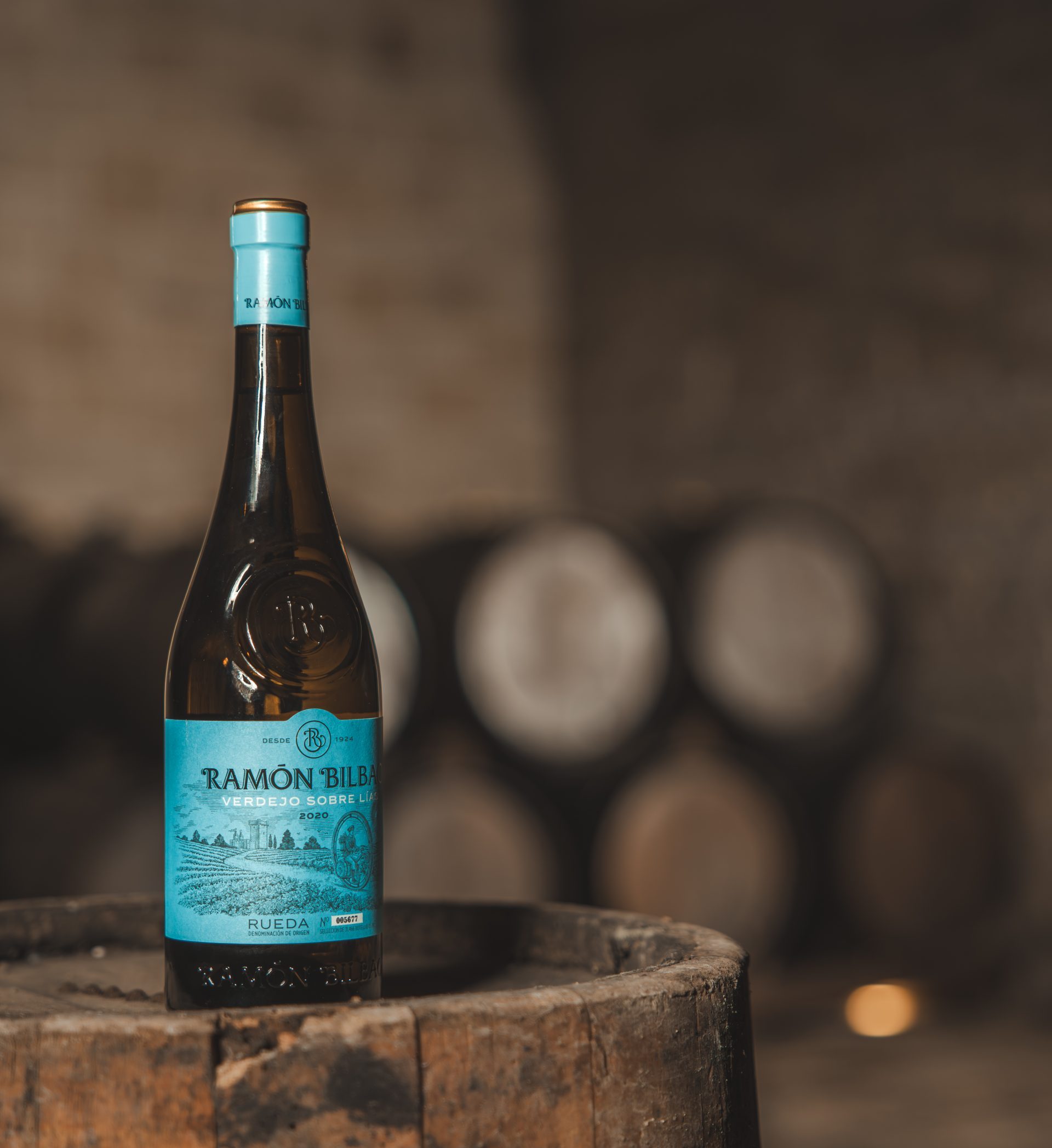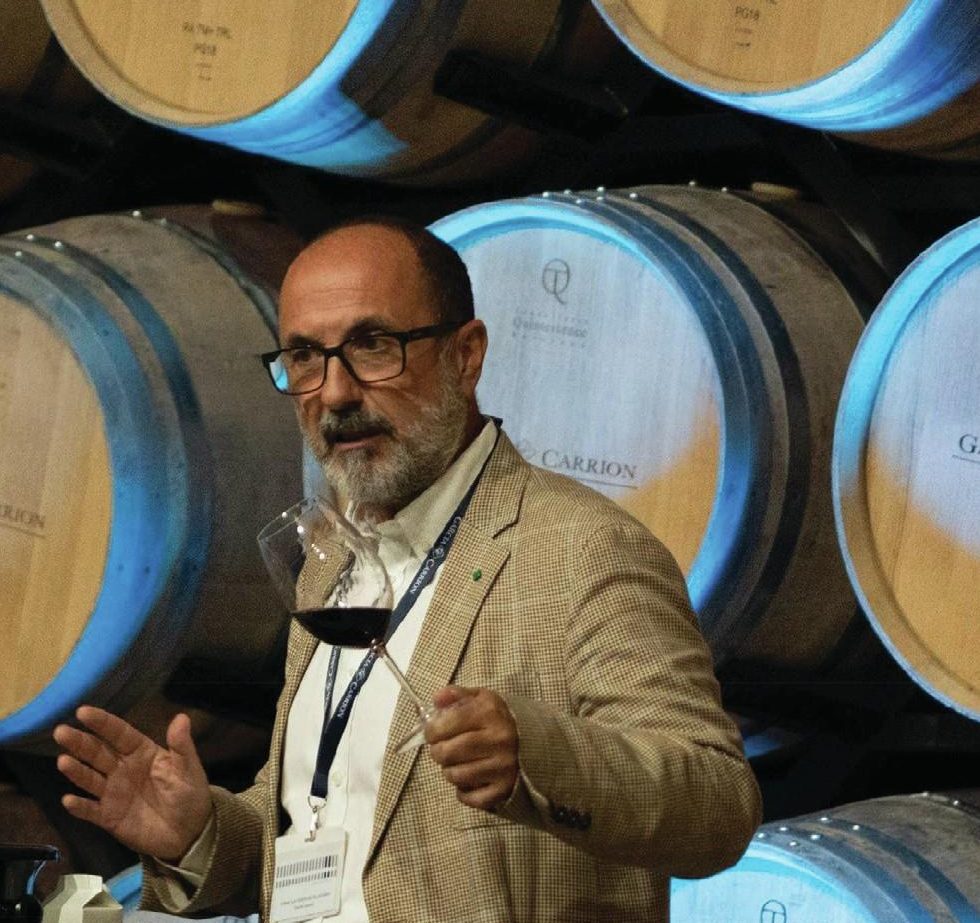Data-driven and AI-analytics: the changing dynamics of the fine wine market
Younger, tech-savvy investors with an aggressive approach to their investments are transforming the fine wine market, a new report has claimed, taking advantage of data-driven insight, AI-powered analytics and digital platforms.

The recently published Wine Cap UK Wealth Report 2025 found that this new wave of investors were stepping in as a result of baby boomers increasingly liquidating assets and exiting the market, creating both a shake-up of prices and new opportunities.
The survey, which canvased the opinions of 50 UK-based full-time wealth and investment managers, found that whereas in 2023, newcomers made up only 2% of fine wine investors, this had jumped to 10% in only two years. Meanwhile investors deemed “very experienced” make up only 32% of the market, having almost halved (from 62%) over the same two years period.
The new investors – mainly millennials and Gen Z were being fuelled by “data-driven insight, AI-powered analytics and digital platforms” that could assess trends and optimise portfolio allocations in order to make more informed decisions – as well as providing greater accessibility.
However, these new investors tend to view fine wine as a “strategic financial instrument” rather than a passion asset or a “consumable luxury”, the report said.
Strategic financial investment
“This year, we have observed a consolidation of overarching themes, with subtle shifts that are paving the way for a more sustainable and open fine wine market,” Alexander Westgarth, founder and CEO of WineCap explained. “Traditional assets, fine wine’s resilience, tax efficiency, and diversification benefits have come into even sharper focus this year”.
As a result, “fine wine’s position within wealth portfolios is evolving” he said.
Partner Content
Drilling down, however, it seemed that while the number of incomers rose, the overall allocation to fine wine within investors portfolios had fallen from 10.8% in 2024 to 7.8% in 2025. This shift towards more diversified strategies – spreading the load across different asset classes, coincided with an average 10% decline in fine wine prices, it found.
Currently, 82% of investors had limited fine wine to under 10% of their portfolios – a increase of 16 percentage points since 2024, which stood at 66%.
The report noted that this might have been drive by experienced investors realising their selling assets that had accumulated over a long-term, boosting availability and thus falling prices.
As a result, fine wine was increasingly included in ‘high-risk investment portfolios’, up from 12% in 2024, to 26% in 2025.
“This signals growing confidence in its performance beyond traditional safe-haven assets,” the report noted. “… this shift raises an important question: has fine wine become a more volatile asset, or are investors simply willing to embrace its potential?”
Related news
Castel Group leadership coup escalates
For the twelfth day of Christmas...
Zuccardi Valle de Uco: textured, unique and revolutionary wines




